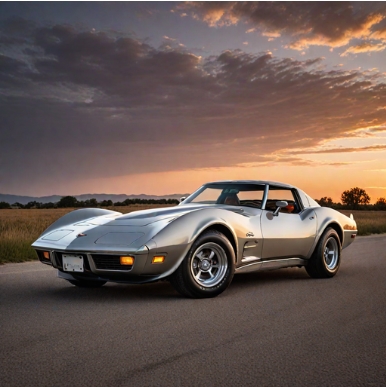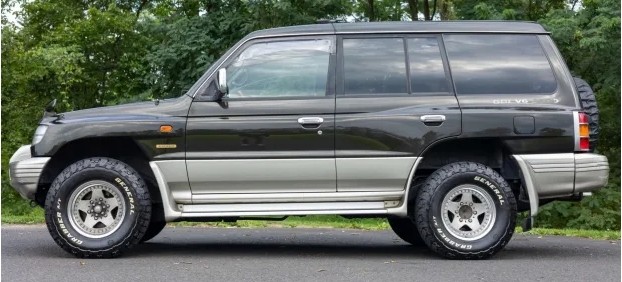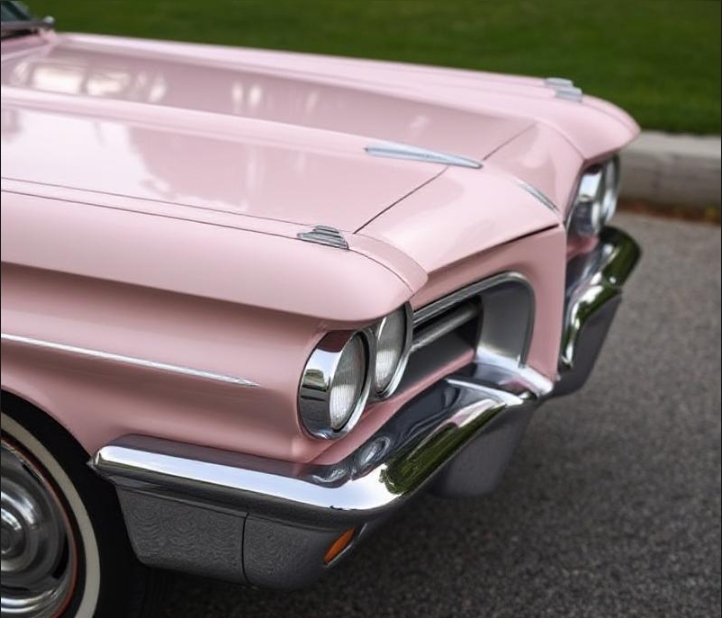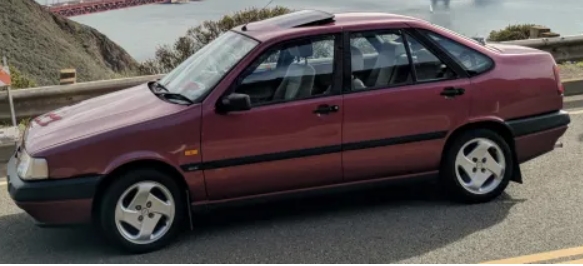The Evolution of the Volvo XC70
The Volvo XC70 stands as a testament to Volvo’s commitment to combining rugged versatility with sophisticated design and safety. Over its production span, the XC70 evolved significantly, adapting to changing consumer preferences and technological advancements. This article traces the detailed history of the Volvo XC70, covering its production years, models, and trim levels.
Introduction and Origins
The Volvo XC70 is a crossover wagon that blends the practicality of a station wagon with the rugged features of an SUV. It was originally introduced as the Volvo V70 XC—a high-performance, off-road capable variant of the Volvo V70—before being renamed as the XC70 to emphasize its crossover nature.
First Generation (1997–2000): The Volvo V70 XC
- Introduction: The first iteration of what would become the XC70 was introduced in 1997 as a limited-production model based on the Volvo V70 estate.
- Design & Features: It featured increased ground clearance and rugged body cladding, designed to appeal to consumers seeking off-road capability.
- Trim Levels: The initial V70 XC was available primarily in a single trim but offered optional features like leather upholstery, premium audio, and AWD.
Second Generation (2000–2007): The Volvo XC70 (First Renaming)
In 2000, Volvo renamed the V70 XC to XC70 to clearly position it as a dedicated crossover model.
Production Years: 2000–2007
Key Features & Evolution:
- Platform & Design: Based on the second-generation Volvo V70 (2000–2007), the XC70 adopted a more refined and aerodynamic design but retained its rugged appeal with increased ride height, body cladding, and protective skid plates.
- Engine Options:
- Inline-4 engines: 2.4L and 2.5L turbocharged variants.
- Five-cylinder engines: 2.4L and 2.5L turbocharged.
- Diesel options: 2.4L D5 turbodiesel in some markets.
- Transmission: 5-speed manual, 4-speed automatic, and later 5-speed automatic transmissions.
- All-Wheel Drive (AWD): Standard across all models, with the AWD system being a key feature.
Trim Levels & Packages:
- Base: Basic features with cloth seats, standard audio.
- SE: Added features like leather upholstery, upgraded audio system, and climate control.
- XC: The highest trim, including features like leather seats, premium audio, sport seats, and often additional safety features.
- Special Editions: Limited editions occasionally released with unique badges or features, such as the XC70 Ocean Race Edition.
Third Generation (2007–2016): The Modern XC70
This generation marked a significant leap forward in design, safety, and technology.
Production Years: 2007–2016
Introduction & Design:
- Based on the third-generation Volvo V70 platform.
- Noted for its more sculpted bodywork, increased interior comfort, and advanced safety features.
- The XC70 continued to emphasize its crossover capabilities with increased ground clearance (~8 inches).
Model and Trim Levels:
- Base: Entry-level with essential features.
- SE: Added luxury features, such as leather seats, upgraded audio, and dual-zone climate control.
- R-Design: A sportier trim introduced in later years featuring unique styling, sport suspension, and interior accents.
- Luxury/Inscription: Offered in some markets, emphasizing premium interior materials and advanced technology.
Powertrain Options:
- Petrol Engines:
- 2.5L turbocharged five-cylinder (T5).
- 3.2L inline-6 (later models).
- 3.0L supercharged inline-6 (in some markets, like North America).
- Diesel Engines:
- 2.4L D5 five-cylinder turbodiesel.
- 2.0L and 2.4L turbo-diesels in European models.
- Transmissions: 5-speed manual (early models), 6-speed manual, 6-speed automatic, and later 8-speed automatic transmissions.
Technological & Safety Features:
- City Safety collision avoidance system.
- BLIS (Blind Spot Information System).
- Adaptive cruise control.
- Rear parking sensors and camera.
Facelift & Special Editions:
- In 2013, Volvo introduced a mid-cycle refresh, updating front grille, bumper designs, and interior materials.
- The XC70 R-Design emerged, emphasizing sporty handling and styling.
Fourth Generation (2016–2017): The End of the Line
- The fourth-generation XC70 was introduced as a more refined, technology-rich vehicle based on the Volvo V90 platform.
- Production: Short-lived, as Volvo shifted focus to the V90 Cross Country.
- Features: Enhanced safety, more advanced infotainment, and a focus on luxury.
- Trim Levels: Similar to previous generations but fewer variants; mainly Momentum, R-Design, and Inscription.
Discontinuation:
- Volvo announced the end of the XC70 production in 2016, with the model officially ceasing in 2017.
- The V90 Cross Country effectively replaced the XC70, carrying forward the crossover wagon concept with modern design and technology.
.
RepairSurge Online Repair Manuals Replace Bulky Books With Reliable Digital Information!
Faster And Cheaper Than Traditional Printed Manuals, Users Get Instant Access To The Repair Information They Need For Any Car, Truck, Van or SUV.
.
Summary of Key Models and Trim Levels Over the Years
| Generation | Years Produced | Notable Models / Trims | Key Features |
|---|---|---|---|
| First (V70 XC) | 1997–2000 | Limited trims, optional upgrades | Rugged styling, AWD, basic interior |
| Second (XC70) | 2000–2007 | Base, SE, XC, Special Editions | Increased refinement, safety, engine options |
| Third (XC70) | 2007–2016 | Base, SE, R-Design, Inscription | Advanced tech, safety, comfort, styling updates |
| Fourth (XC70) | 2016–2017 | Momentum, R-Design, Inscription | Modern luxury, safety tech, brief production |
Legacy and Impact
The Volvo XC70 carved out a niche as a versatile, safe, and practical crossover wagon. Its combination of all-road capability with comfort and safety made it popular among outdoor enthusiasts, families, and safety-conscious consumers. The model’s evolution reflects Volvo’s broader shift from traditional station wagons to sophisticated crossovers that prioritize safety, technology, and luxury.
In recent years, the XC70 has been phased out in favor of the Volvo V90 Cross Country and other models, but its legacy persists as a pioneer in blending wagon practicality with SUV ruggedness.
Final Note: The Volvo XC70’s journey from a niche rugged wagon to a flagship crossover highlights Volvo’s dedication to innovation, safety, and adapting to consumer needs. Its evolution over two decades showcases a consistent focus on quality, safety, and versatility, cementing its position in automotive history.







